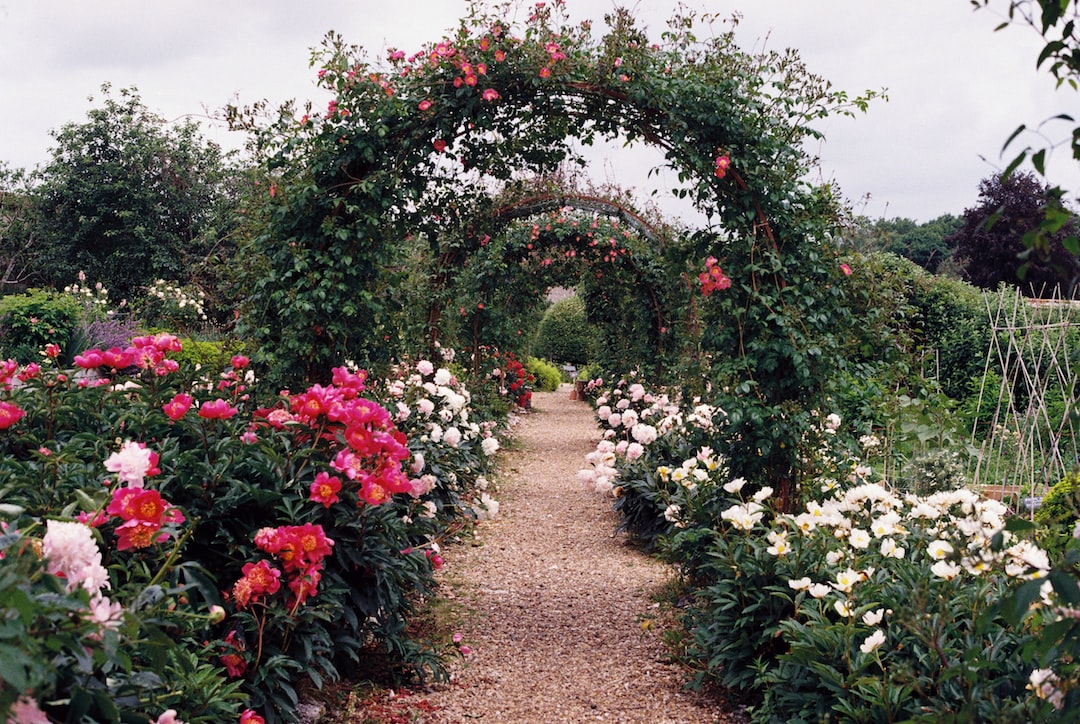Attracting Pollinators to Your Garden: Welcoming Bees, Butterflies, and More
Pollinators play a crucial role in our ecosystem by facilitating the reproduction of plants. They are responsible for the transfer of pollen grains from the male part of the flower to the female part, allowing plants to produce fruits, seeds, and nuts. However, the population of pollinators, especially bees and butterflies, has been declining due to various factors like habitat loss, pesticides, and climate change. As gardeners, we have the opportunity to help reverse this trend by creating pollinator-friendly gardens that provide these essential creatures with a habitat and food sources. Here are some tips on how to attract pollinators to your garden and contribute to their survival.
Choose the Right Plants
The first step in creating a pollinator-friendly garden is to select plants that are attractive to bees, butterflies, and other pollinators. Opt for native plants as they have adapted to the local climate and are more likely to provide the necessary food and shelter for insects. Each region will have different native plants, so do some research or consult with local garden centers to find the best options for your area.
Include a Variety of Blooming Plants
To attract a range of pollinators throughout the growing season, it is essential to have a diverse selection of blooming plants. Bees are especially attracted to blue, purple, and yellow flowers, while butterflies tend to be attracted to bright, nectar-rich blooms. Include a mix of annuals and perennials to have flowers blooming from early spring to late fall, ensuring a steady food source for the pollinators.
Create a Water Source
Just like any other creature, pollinators need water to survive. Provide them with a clean, shallow water source like a birdbath or a shallow dish with pebbles. Place some rocks or twigs in the water to allow the insects to land and access the water without drowning. Remember to change the water regularly to prevent the growth of mosquitoes.
Avoid Pesticides
Pesticides are one of the major contributors to the decline of pollinators. These chemicals can be harmful not only to the insects but also to other beneficial organisms in your garden. Instead of relying on pesticides, consider using natural pest control methods such as companion planting, using insect-repelling plants like marigolds, or introducing beneficial insects like ladybugs and lacewings.
Provide Shelter
Pollinators require safe places to rest, hide from predators, and even overwinter. You can create such habitats by incorporating features like a bee hotel, butterfly houses, or even leaving patches of undisturbed soil for ground-nesting bees. Fallen logs, rocks, and leaf litter can also provide shelter for various pollinators.
Consider a Pollinator-Friendly Lawn
Lawns are typically devoid of flowers, making them unattractive to pollinators. Consider reducing the size of your lawn or converting parts of it into pollinator-friendly flower beds. You can also let certain areas of your lawn grow taller, allowing wildflowers and clovers to grow and provide nectar for the pollinators. Not only will this attract more bees and butterflies to your garden, but it will also reduce the time and resources required to maintain a traditional lawn.
Educate Others
Share your knowledge and passion for creating pollinator-friendly gardens with others. Encourage your neighbors, friends, and community to join the cause by providing them with information on how they can make their gardens more pollinator-friendly. By spreading awareness and inspiring others, we can make a significant impact on pollinator conservation.
In conclusion, creating a pollinator-friendly garden is not only beneficial for the survival of these essential creatures but also enhances the beauty and productivity of your garden. By selecting the right plants, providing water sources and shelter, avoiding pesticides, and educating others, you can contribute to the preservation of pollinator populations. Let’s come together and create a network of gardens that become havens for bees, butterflies, and other pollinators, ensuring the health and diversity of our environment for generations to come.

